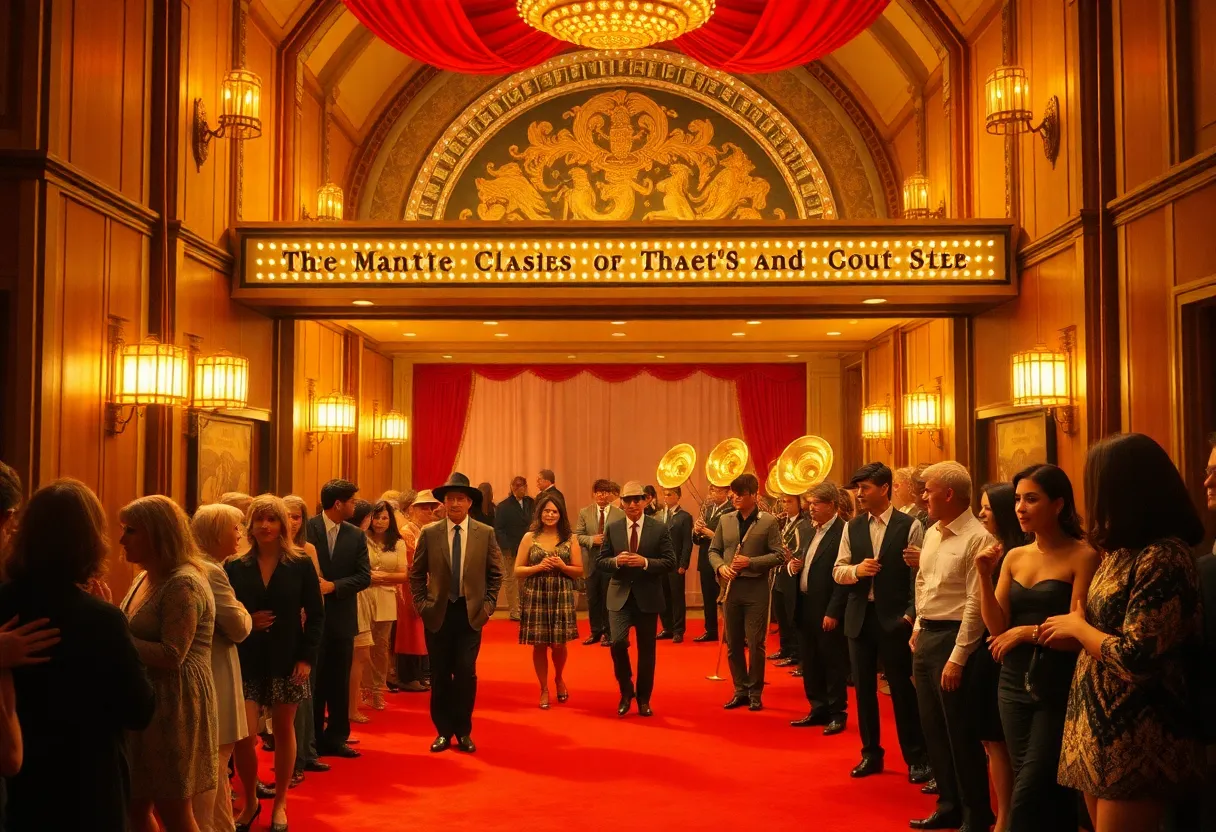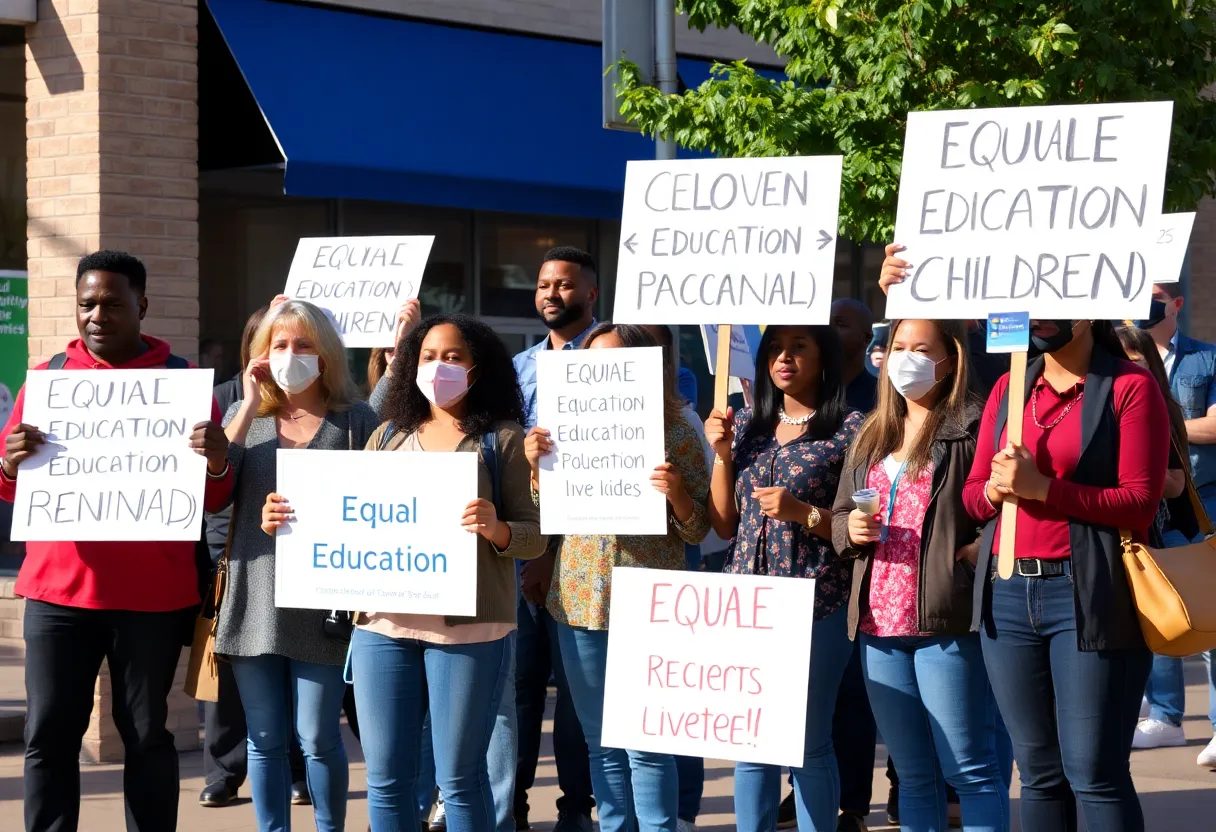News Summary
On February 4, 1975, Nashville welcomed the premiere of ‘W.W. and the Dixie Dancekings’ with a star-studded night featuring Burt Reynolds and other country icons. The event showcased the vibrant music scene of Nashville and drew in a mix of local celebrities, along with the Bellevue Marching Band fandom. Despite mixed reviews for the film, it remained a cherished moment in the community’s history, capturing the essence of Nashville during the 1970s.
Remembering Nashville’s Star-Studded Night in 1975
Ah, Nashville! The city known for its vibrant music scene and Southern charm rolled out the red carpet on February 4, 1975, for the premiere of W.W. and the Dixie Dancekings. This wasn’t just any movie launch; it was a celebration featuring the charismatic Burt Reynolds and a cast of interesting celebs that turned the night into a memorable event.
A Welcoming Committee Fit for a Star
The evening kicked off with the lively Bellevue Marching Band welcoming Reynolds as he walked into the Loews Crescent Theatre. There’s something special about a marching band, and when it plays at a film premiere, you know it’s going to be a night to remember. The local vibe was really something, with Nashville’s very own Mayor Beverly Briley declaring the film a “Great” addition to the cinematic landscape.
Stars in Attendance
As the lights dimmed, the theater was packed with a mix of country music stars and numerous local personalities. Celebrities like Mel Tillis, Charley Pride, Bobby Goldsboro, Chet Atkins, Minnie Pearl, and the one and only Dolly Parton made their way to the event. Interestingly enough, Parton was initially offered the role of “Dixie” but passed, allowing Conny Van Dyke to step into the role instead.
A Plot Full of Southern Shenanigans
The film itself is quite the tale, focusing on a conman named W.W., played by Reynolds, who pretends to manage a band while evading the law after not-so-innocent little escapades, like robbing gas stations and trying to pull off a bank heist. With swift car chases and fist fights thrown into the mix, it showed the spirited essence of Nashville, albeit through the lens of a clever con artist. As the story unfolds, W.W. unexpectedly develops feelings for Dixie and finds a sense of family within the band, leading to all sorts of comedic conflicts along the way.
Mixed Reviews and Cultural Reflections
While fans enjoyed the fast cars and fun times, the film didn’t hit all the right notes with critics, garnering lukewarm reviews. Renowned film critic Roger Ebert gave the movie two stars, believing it missed an opportunity to dive deeper into the band members’ lives. A local headline even cheekily remarked that the “City turns out to see itself spoofed,” pointing to the film’s portrayal of Nashville as a place filled with naive characters easily swayed by W.W.’s charm.
Behind the Scenes in Music City
The film, shot in mid-1974, showcased Nashville just as it was gaining attention from Hollywood. Key locations for filming included the iconic Ryman Auditorium and the beloved Tootsies Orchid Lounge. Jesse Johnson from Murfreesboro even took part in a thrilling car chase scene, using his 1951 Chevy against Reynolds’ slick 1955 Oldsmobile. Can you imagine being part of such excitement?
A Legacy of Memories
Even though the film didn’t achieve critical acclaim, it left behind a legacy of fond memories for many in the community. Local residents still share stories of encounters with Reynolds during the filming and how friendly and charming he was. The evening also raised funds for the Country Music Association, ensuring the event had a positive impact on the community.
Interestingly, the movie inspired famous filmmaker Quentin Tarantino to explore screenwriting, noting how it differed from writer Thomas Rickman’s original vision. This film paved the way for Reynolds’ future projects, especially his later iconic role in Smokey and the Bandit.
A Tale of Contrast
It’s fascinating to think about how W.W. and the Dixie Dancekings and the acclaimed Nashville, released in the same year, offer a contrasting look at the city. This film may not have had the glow of golden reviews, but it certainly was a charming time capsule of Nashville’s 1970s spirit, capturing the highs and lows of life in Music City.
So, next time you find yourself in Nashville, just remember—it’s not just about the music, but also about the vibrant stories that shaped its culture, including a delightful movie premiere that had stars twinkling brighter than the city lights that night.
Deeper Dive: News & Info About This Topic
HERE Resources
Nashville Film Awards Celebrate Cinema with Dune’s Dominance
Additional Resources
- Tennessean: Burt Reynolds in Nashville
- Williamson Source: Burt Reynolds’ Franklin History
- Nashville Scene: W.W. and the Dixie Dancekings
- Tennessean: Nashville Then and Burt Reynolds
- Wikipedia: W.W. and the Dixie Dancekings







